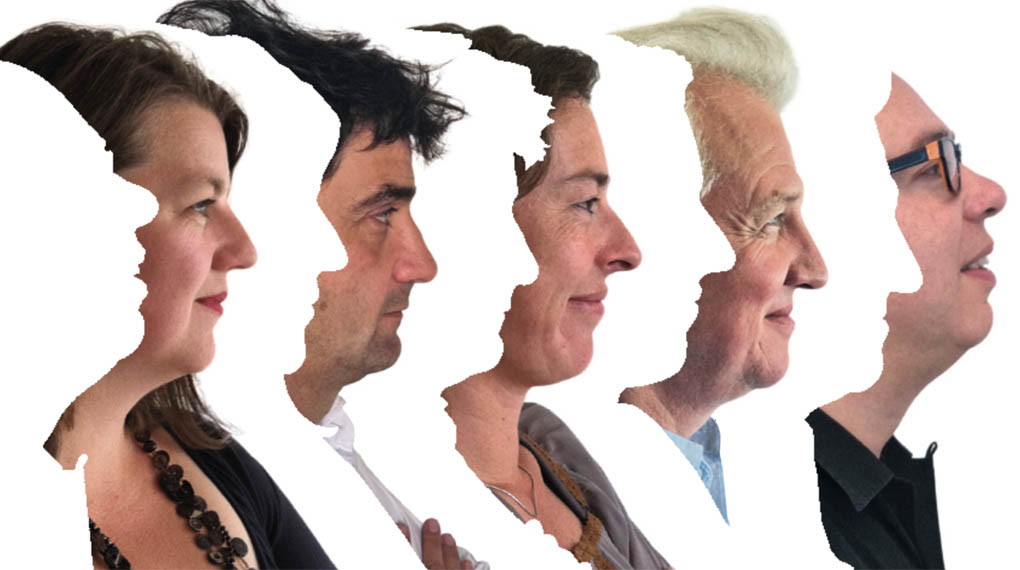[English below]
De cultuursector stond te schudden op zijn grondvesten. Het waren de jaren van het eerste kabinet Rutte. Halbe Zijlstra was de staatssecretaris van cultuur en hij zou de sector wel eens wakker schudden. Musea en andere culturele instellingen moesten afgerekend worden op de resultaten die ze behaalden. Er kwamen scherpe bezuinigingen en een eigen inkomstennorm. De periode duurde niet lang – van oktober 2010 tot en met november 2012 – maar de gevolgen waren ingrijpend.
Terugkijkend op die jaren is het niet raar dat ook de museumsector ten prooi viel aan de ‘aardverschuivingen’ die onze hele samenleving troffen en nog steeds treffen. De wereld verandert razendsnel. Verstoringen en disrupties zien we overal; zowel in het bedrijfsleven als in de politiek, in de rechtspraak, het bankwezen en noem maar op. Nieuwe technieken geven mensen mogelijkheden die voorheen ondenkbaar waren en dat heeft gevolgen voor ons wereldbeeld en voor wat we belangrijk vinden. Cultuurmakers en cultuurliefhebbers namen de aanval van het door de PVV gedoogde kabinet echter persoonlijk en zagen de bezuinigingen als een aanslag op de beschaving.
Midden in die periode deed ik in opdracht van de Stichting DOEN een onderzoek naar de toekomst van de Nederlandse musea. Daarvoor interviewde ik een flink aantal directeuren en andere betrokkenen. Het was duidelijk dat het steeds meer musea begon te dagen dat ze een nieuw antwoord moesten verzinnen op de vraag naar hun bestaansrecht, naar hun relevantie en naar hun draagvlak. Overal zag je musea zich geleidelijk omvormen tot wat ik netwerkmusea noemde. Het netwerkmuseum als het logische antwoord op de netwerksamenleving zoals die in de afgelopen decennia is ontstaan.
De resultaten van het onderzoek beschreef ik in het boek Het disruptieve museum. Daarin betoogde ik dat het traditionele museum het verstoorde of het disrupted museum is. Het museum dat niet begrijpt dat haar bestaansrecht ten diepste ter discussie staat. Het netwerkmuseum daarentegen is het verstorende of het disruptieve museum. Het disruptieve museum geeft een radicaal antwoord op de vraag naar het bestaansrecht. En dat antwoord heeft verstrekkende gevolgen. Want het disruptieve museum gaat niet meer over het verleden maar over het heden. Het gaat niet meer over de waarheid maar over betekenis; niet over tijdloze kwaliteit maar over tijdelijke waarden; is niet objectief maar subjectief. Het denkt niet in doelgroepen maar in gemeenschappen. Het disruptieve museum is per definitie een ondernemend museum. En overal in Nederland waren en zijn grote en kleine musea zich aan het omvormen tot deze nieuwe soort.
Een publicatie uit 2011 over de toekomst van de Nederlandse musea.
Arnoud Odding

The disruptive Museum
The culture sector was shaking on its foundations. These were the years of the first Dutch cabinet that ruled with tacit support from the far right. The new secretary of state for culture was bound to shake up the sector. Museums and other cultural institutions had to be judged on the results they achieved. There were sharp cuts and an in-house revenue standard. The period did not last long – from October 2010 to November 2012 – but the consequences were far-reaching.
Looking back on those years, it is not surprising that the museum sector, too, fell prey to the ‘landslides’ that affected and still affect our entire society. The world is changing at lightning speed. Disruptions are everywhere; in business, politics, law, banking and you name it. New technologies are giving people opportunities that were previously unthinkable, and this is affecting our perception of the world and what we consider important. Culture makers and culture lovers, however, took the government’s attack personally and saw the cuts as an attack on civilisation.
In the midst of that period, I conducted a study on the future of Dutch museums on behalf of the DOEN Foundation. For this, I interviewed a good number of museum directors and other people involved. It was clear that more and more museums were starting to realise that they had to come up with a new answer to the question of their purpose, relevance and support. Everywhere you saw museums gradually transforming into what I called network museums. The network museum as the natural answer to the network society as it has emerged in recent decennia.
I presented the results of the research in the book The disruptive museum [Dutch]. In it, I argued that the traditional museum is the disrupted museum. The museum that does not understand that its raison d’être is profoundly in question. The network museum, on the other hand, is the disruptive museum. The disruptive museum gives a radical answer to the question of its very existence. And that answer has far-reaching consequences. Because the disruptive museum is no longer about the past but about the present. It is no longer about truth but about meaning; not about timeless quality but about temporary values; is not objective but subjective. It doesn’t think in target groups but in communities. The disruptive museum is, by definition, an entrepreneurial museum. And all over the Netherlands, museums large and small were and are turning into this new breed.
Arnoud Odding